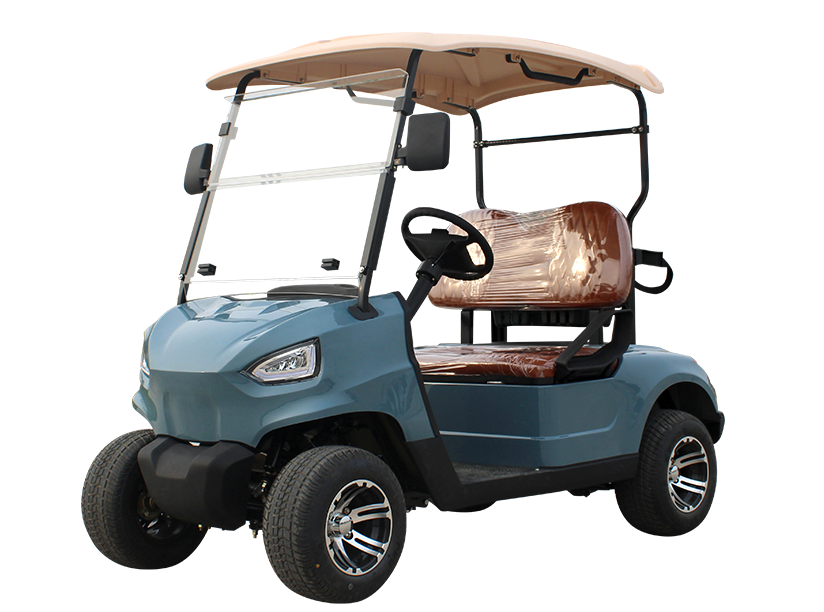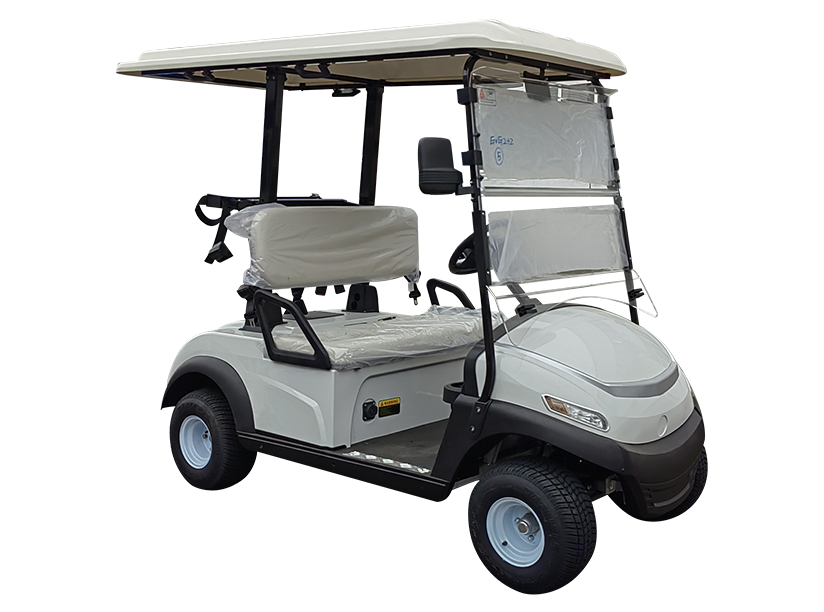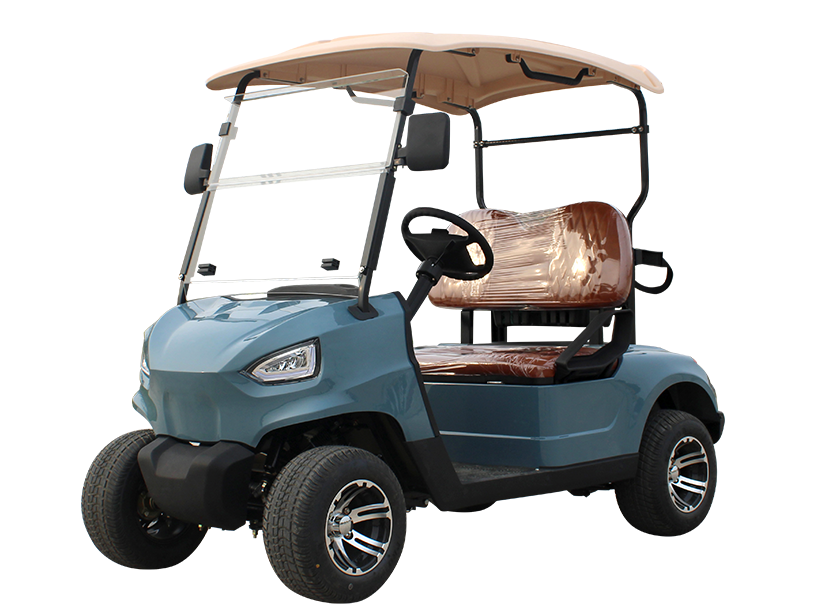The developers of this revolutionary new club believe that many of the problems you face off the tee are due to drivers built with the skills of world-class golfers in mind.
This does not mean that Maxvert does not offer benefits to all golfers. Really. This club is for:
… all without changing the swing. As far as we know, these are the strengths of any book.
If you don’t know him, we’ll dig a little into his backstory. For now, we just tell you:
No one in the industry is more eager to help older golfers regain distance, accuracy and confidence on the course than Todd Kolb. (Kolb prefers to call these older golfers “experienced golfers.” We think that’s fair.)
In recent years, he has released several courses and products aimed at filling a void in an industry completely obsessed with what the pros do.
You see, traditional golf training is based on what is best for professional athletes. Golf equipment is designed with all golfers wanting to emulate the skills of golfers on the tour.
The problem, according to Kolb, is that these techniques require dexterity, strength, and balance, which is simply not possible for most amateur players. Traditional learning is also often complex, requiring precise timing that can only be mastered with a lot of practice.
So Kolb developed a complete system to introduce golfers to new strategies for increasing speed and achieving stability. These are simple, body-safe strategies that anyone can master. His system is called “Vertical Line Swing System”.
Now, with the help of Golf Digest magazine host Josh Boggs (more on him later), Kolb has developed a driver that matches the ability of the average golfer.
Kolb states that the Maxvert driver is necessary because the standard drivers are built with world-class athletes in mind and swinging styles.
This doesn’t just mean that your driver isn’t doing you any favors (assuming you’re not a world-class athlete). It also means that your driver may exacerbate your cuts and other mistakes.
We all know that your driver is the longest club in your bag. The longer, the harder it is to control.
If you find that your goal is consistently worse than you thought, one possible culprit is stick shaft.
First, the length forces you to stand further away from the ball, which deflects your line of sight. This destroys your alignment when setting up and your ability to find the sweet spot when hitting the ball.
On the other hand, the more the shaft is between your hand and that bulky clubhead, the more torque is required to keep the club square. Many golfers install a square club but lose it during the swing.
Do you see the hosel angle on the driver? The way he hits the club head at a flatter angle than your irons?
This feature, combined with the long shank, ensures a level, horizontal position on the shank. This forces you to swing around your body – a distance killer for experienced golfers.
You see, the flat back swing only works if you have enough flexibility… or at least you have a massage therapist on duty. Most of us can’t get enough swing length just by spinning.
For experienced golfers, Kolb recommends a vertical track. Moving up and down will help you achieve a longer swing without crazy twists.
A typical drive shaft enters the head of the club almost from the heel. It’s far from the club’s center of gravity.
This means that when you swing your golf club, there is no direct connection between your center of gravity and your hands. If you’re a longtime slicer, you know what that means.
Zero control. The target is out of control. Your driver does absolutely nothing to help you release your club on impact.
Most drivers have at least an attic. This naturally results in a lower launch angle, which isn’t necessarily a bad thing if you’re rocking at pro-level speeds. But as we all know, the average golfer starts losing speed and distance as early as 30 years old.
As you know, the idea of creating a club that meets the needs of an experienced golfer belonged to Todd Kolb.
Kolb is a PGA coaching specialist with over 25 years of coaching experience at all levels. Literally all levels. From kids to seniors, from rookies to major LPGA champions. He has been named to Golf Digest’s Top Coaches List four times.
In recent years, Kolb has revolutionized the way the everyday golfer plays with his vertical line swing system, his seminal book Bad Lies, and a collection of trading aids and other tools designed to make practice easier and improve faster.
He is also the Director of Education for your favorite source of serious golf instruction: USGolfTV.
What Todd doesn’t know: He’s not a golf club designer. So he shared his knowledge of what golfers need to be successful off the field from the tee to Josh Boggs and asked them how they could design a club to meet those needs.
Josh Boggs is a big name in golf technology. His work at Nike has earned him more than a dozen Golf Digest Hot List medals.
So when Kolb showed him the driver’s wish list, Boggs had plenty of ideas to build on. Here are the results.
Shaft Flex Options – Rigid: 70g – Standard: 60g – Premium: 50g – Women’s: 50g
Remember that shaft problem at your current club? All about the shaft going from the heel to the head of the stick and ruining everything?
Boggs immediately understood the difficulties every golfer faces. In fact, it’s not just amateurs who struggle with this.
“When I look at pros, their swing looks beautiful until they hit the driver,” Boggs said. “Then you can see them fighting to close the club.”
It solves this problem for you with a shank movement technique that pushes the shank closer to the center of the clubhead to better match the center of gravity.
Boggs also made the stick head itself a little smaller (436cc vs. the standard 460cc) so you don’t have to struggle to control that oversized head.
Boggs added 25 grams to the heel of the Maxvert Driver. This is the “perimeter payload”.
On the one hand, this takes the load off the toe, making it easier to release the club on impact.
Second, the extra weight in the heel provides more stability and a higher moment of inertia. This means that the club head is more resistant to twisting. Translation: You get more forgiveness for those off-center shots.
Now, if you’re wondering if that extra 25 grams slows your swing down, the next function will take care of it.
The Maxvert screwdriver has a slightly shorter shaft than a regular screwdriver. It measures 44.5 inches and standard drive lengths are 45.5-46 inches. This shorter shank makes the club head lighter in the hand, effectively offsetting the added heel weight.
By now, you’ve probably heard that longer shafts equal better spacing. After all, a longer stem means a longer swing, right?
Again, this is a theory that applies to top golfers. For the rest of us, a longer rod means less control and more chance of off-center contact.
So far, there has been a trend among experienced golfers who have tried the Maxvert to increase the carry distance. This may be because they are more likely to receive a trusted facial contact center.
Remember that recumbent plane that makes you rock around your body instead of in a more vertical rocking plane?
Well, Boggs solved it. The VLS Maxvert 1 has a more upright handlebar position to help you find longer vertical swings.
As soon as we learned about this feature, we realized how ridiculous our current driver was without it.
Maxvert Drivers have a fairway alignment guide: three clear lines on the top of the driver help to align the stick.
With a little extra help, the inner line slopes towards the back of the crown, a subtle reminder to create an inside-out turning path.
Post time: Mar-17-2023

 Hunting Transport
Hunting Transport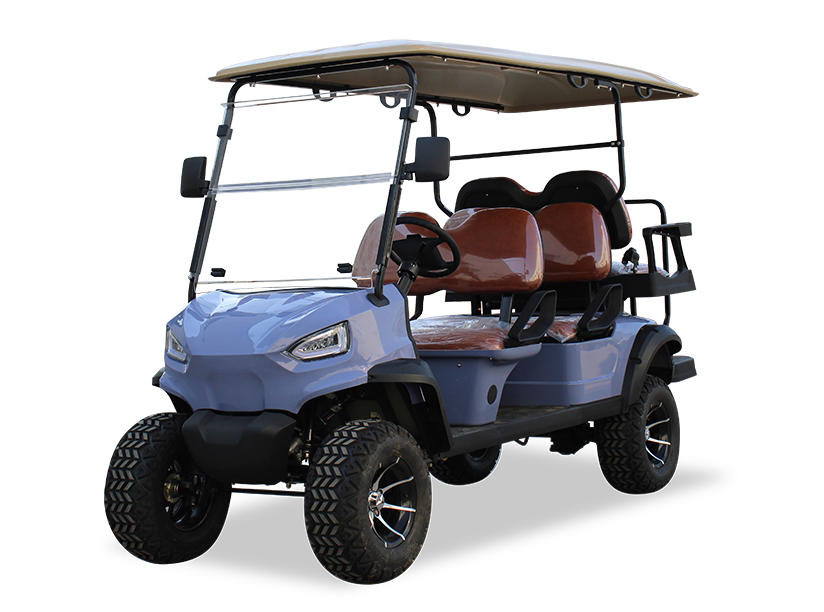



 Personal Transport
Personal Transport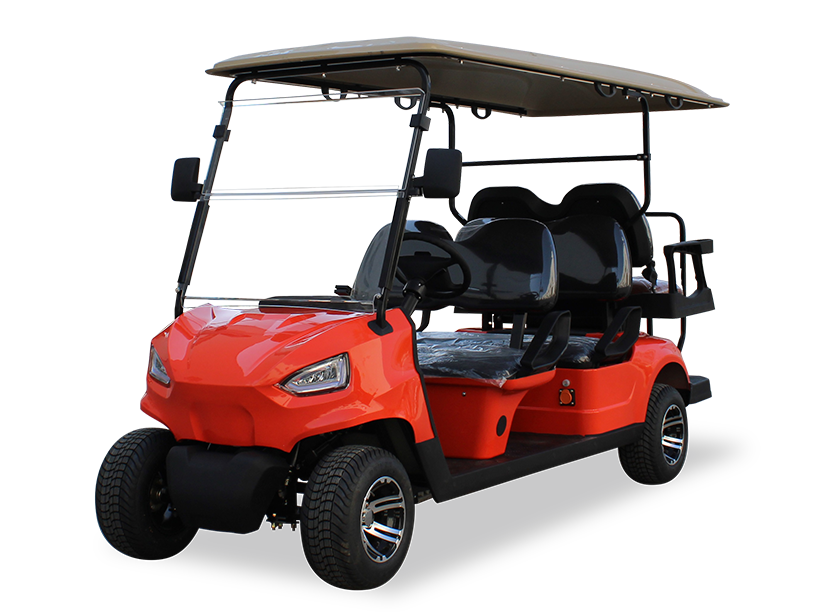



 Special Editions
Special Editions





 Street Legal
Street Legal



 Transport A Series
Transport A Series

 Transport B Series
Transport B Series

 Sightseeing Bus
Sightseeing Bus





 Custom Utility
Custom Utility
 UTV
UTV


 Golf
Golf